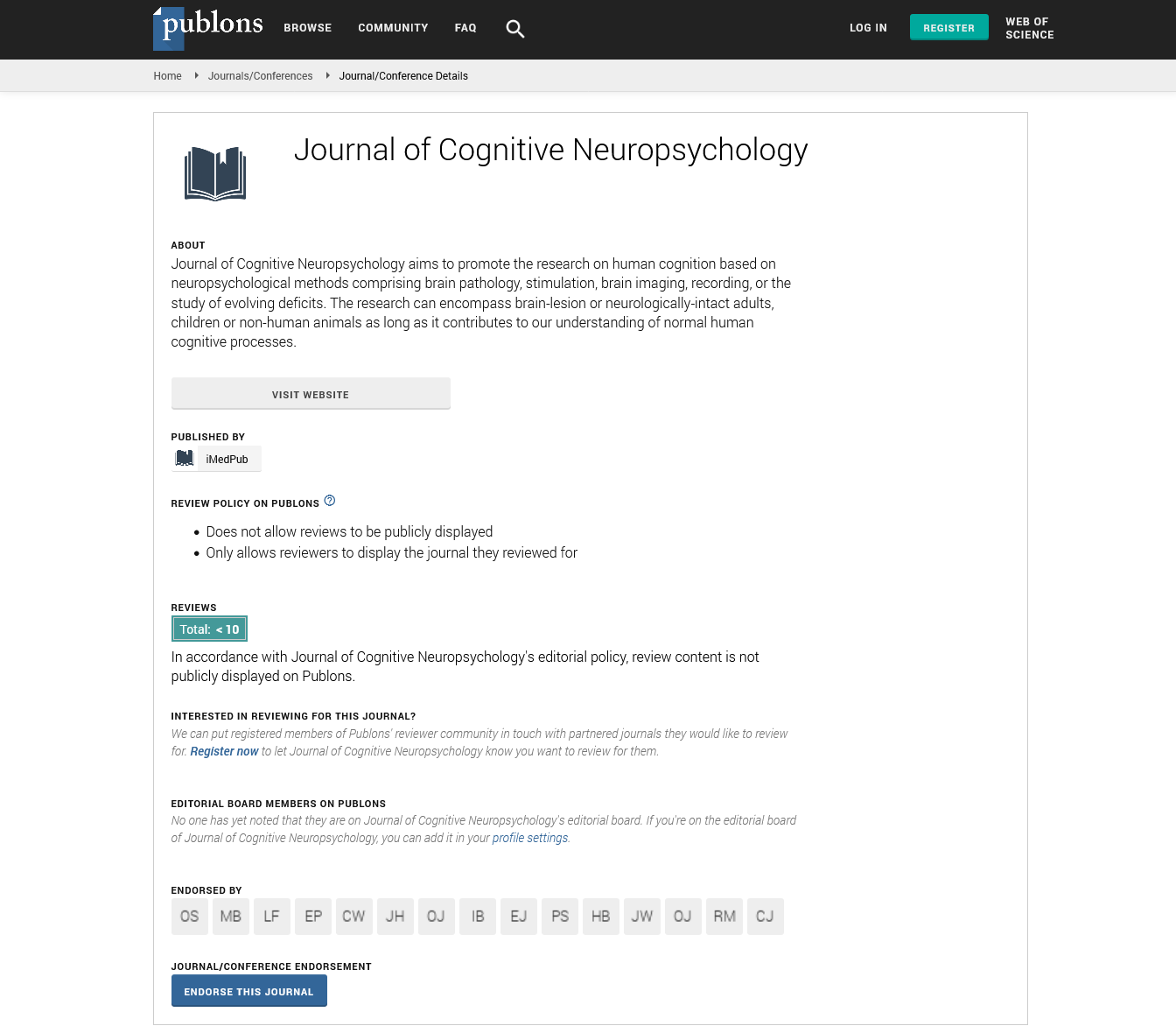Abstract
A system biology approach for modeling the brain: from genes to consciousness
Given the tremendous complexity of brain organization, here I propose a strategy that dynamically links stages of brain organization from genes to consciousness, at four privileged structural levels: genes; transcription factors (TFs)–gene networks; synaptic epigenesis; and long-range connectivity. These structures are viewed as nested and reciprocally inter-regulated, with a hierarchical organization that proceeds on different timescales during the course of evolution and development. Interlevel bridging mechanisms include intrinsic variation-selection mechanisms, which offer a community of bottom-up and topdown models linking genes to consciousness in a stepwise manner. The proposed approach is to nest the various intertwined structural and functional levels that compose the brain into a coherent and open brain models community covering multiple timescales. A critical bridging role between the gene and neuronal levels is assigned to regulatory proteins termed TFs. TFs regulate disparate genes into coherent assemblies. The impact of the environment on brain synaptogenesis is modelled as activity-dependent selective stabilization pruning of synapses. Longrange connectivity, subject to developmental shaping through interactions with the physical, social, and cultural environment, is proposed to form the bridge between neuronal micro circuitry and higher cognitive functions by globally integrating the underlying neural organizations. A novel allosteric pharmacology of TFs is proposed for neuropsychiatric diseases
Author(s): Jean-Pierre Changeux
Abstract | PDF
Share This Article
Google Scholar citation report
Citations : 8
Journal of Cognitive Neuropsychology received 8 citations as per Google Scholar report
Journal of Cognitive Neuropsychology peer review process verified at publons
Abstracted/Indexed in
- Google Scholar
- Publons
- MIAR
Open Access Journals
- Aquaculture & Veterinary Science
- Chemistry & Chemical Sciences
- Clinical Sciences
- Engineering
- General Science
- Genetics & Molecular Biology
- Health Care & Nursing
- Immunology & Microbiology
- Materials Science
- Mathematics & Physics
- Medical Sciences
- Neurology & Psychiatry
- Oncology & Cancer Science
- Pharmaceutical Sciences
